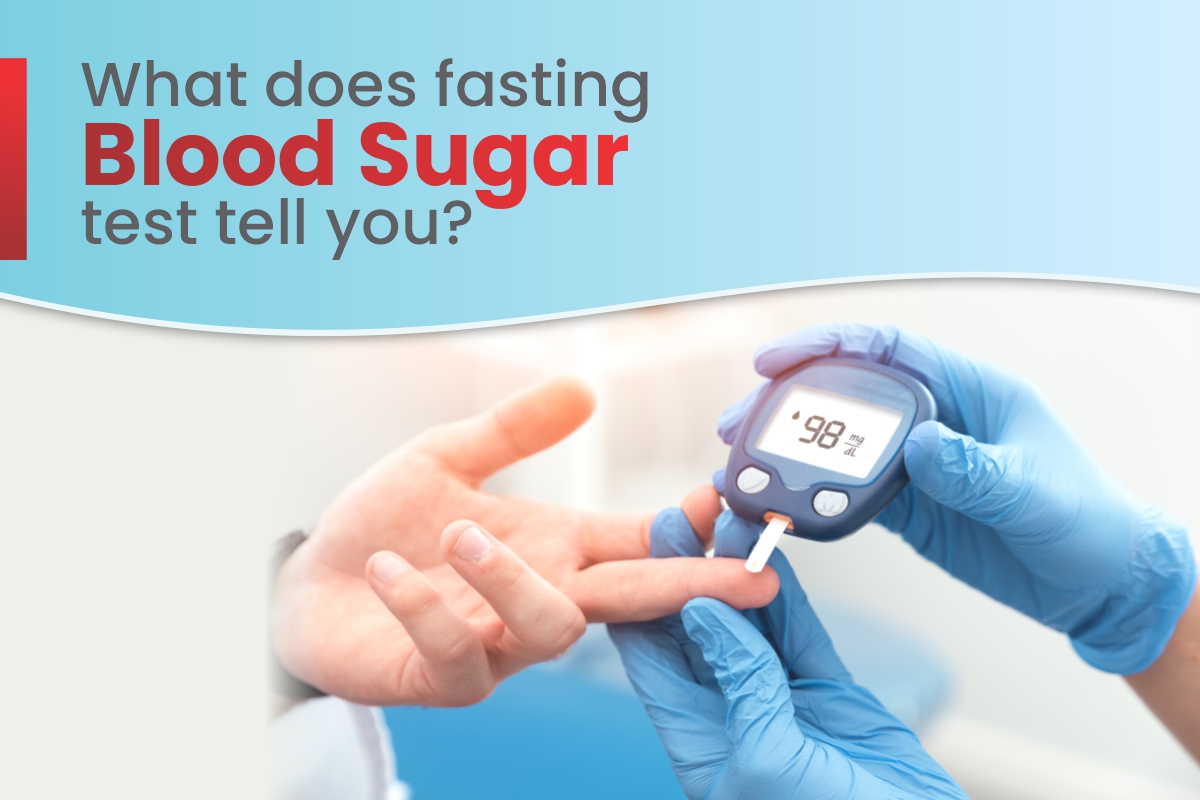Improving Hepatitis Through Healthy Balanced Diet and Lifestyle Changes
Jul 28, 2023

With the increasingly busy & unhealthy lifestyle, diseases have also increased despite significant medical advances as compared to the last century. One such lifestyle disease that is quite regular these days is diabetes.
Diabetes is a chronic ailment that occurs when the pancreas doesn’t produce enough insulin or the body isn’t able to utilize the insulin it produces, leading to an increase in blood sugar levels.
Increased blood sugar levels over time lead to a lot of other issues, mainly damaging kidneys, heart, blood vessels, and nerves. Hence, it is extremely important to test it within time and take measures to control blood sugar levels.
Let us have a look at one of the most prevalent Fasting Blood Sugar tests that helps with the diagnosis of diabetes.
The Fasting Blood Sugar test, as the name suggests, is a clinical test that is used to diagnose diabetes, prediabetes, or gestational diabetes. The mandatory condition for the test is that the patient has to fast (stay hungry/without eating) for 8 to 12 hours before it. The patient is only allowed to consume water.
Prediabetes, Type-2 diabetes, and gestational diabetes often have no symptoms at all. Medical professionals advise a Fasting Blood Sugar test to confirm them in regular testing:-
The pancreas produces a hormone known as insulin that breaks down sugar in the blood into carbohydrates. These carbohydrates are then used for producing energy or get stored in the cells for future use.
However, due to diabetes, the body is either unable to produce enough insulin or produces insufficient insulin required for breaking the sugar. This increases blood sugar levels.
A Fasting Blood Sugar test measures the sugar level when it is at its lowest, which is usually in the morning when the person hasn’t consumed anything for the last 8 to 12 hours.
There are two procedures that can be used for the test:-
The test results are mainly classified into three slabs.
Your consulting doctor might advise you to take the regular test every six months to check if the blood sugar levels have progressed to the diabetic slab. These results are necessary to diagnose Type-2 diabetes in time.
Medical companies manufacture kits that can be used to test blood sugar levels, but they shouldn’t be used to mark an official diagnosis because of the discrepancies that might creep in due to:-
Hence, home testing kits are usually used by patients who have already been diagnosed with diabetes and want to have a loose test to check if their diabetes is in control before going for an official one if a grave condition arises.
As we have seen, the Fasting Blood Sugar test is one of the most common and prevalent tests for diabetes. It is completely safe and gives accurate results.
If you have tested positive, you can then take proper measures and precautions to control your diabetes and live a healthy life.
Consultant – Endocrinology
Metro Heart Institute with Multispecialty, Faridabad
For More visit : https://www.metrohospitalfaridabad.com/doctor/dr-jimmy-pathak/